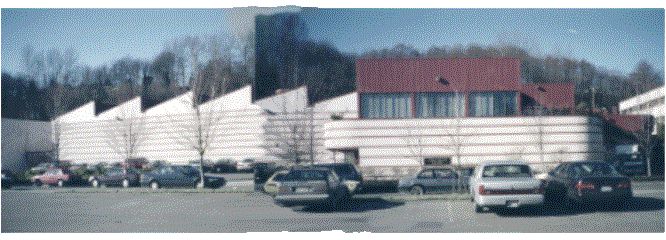On June 15th, the Seattle City Council was briefed on a bill to transfer the Mount Baker University of Washington (UW) Laundry site to the City of Seattle. With combined surface area of 3.79 acres, the three parcels neighbor the Mount Baker light rail station.
In 2018, the site was subject to student and community outrage, when UW Medicine made the decision to shutter its union-operated laundry service. Frustration was fueled by perceptions of greed, violated worker’s rights, and fears of displacement and homelessness for the affected.

To avoid capital investment and save the department $3 million annually, the laundry service was contracted out to a private company and roughly 100 union employees were laid off. The displaced work was seen as low mobility. Those laid off, disproportionately from our people of color and immigrant communities, feared having a difficult time finding new work.
Public outcry seemed to have led to legislative action in the 2019 state budget that first outlined transfer of the property back into public hands and reinvestment.
Washington Governor Jay Inslee signed a bill this past April that amended the original provision to expand upon the original intent. In accordance with Section 7009 of Engrossed Substitute Senate Bill 6248 (2020), the properties are to be transferred from the UW to the City of Seattle by June 30, 2020. The legislation directs the purpose of the property for the development of affordable housing for households at or below 80% of the area median income.
The legislation specifically highlights the city’s duty to “maximize the affordable housing development potential of the property consistent with transit-oriented development principles.” During Monday’s briefing, the Office of Housing noted its intention to provide a mix of units to accommodate both families and individuals.
The provision also includes supportive housing and potential education, childcare, early learning, research, and clinical uses. A redevelopment could potentially play a part in relieving the homeless crisis that the original closure may have contributed to, and bring jobs back to the site–although perhaps not for the same demographic.
The University of Washington seems to emerge as the main beneficiary of the affordable housing plan. Affordable housing built on the property will count toward the university’s campus master plan commitment to build 450 units affordable housing units for its staff through 2029. The institution was not shy about their intent to transform the laundry site into affordable housing at the time of the layoffs. At the time, Seattle Councilmember Kshama Sawant was critical of the decision that seemingly turned the dynamic of employment and affordable housing into a zero-sum game.
Nevertheless, 3.79 acres is a significant footprint for a mixed-use zoned site (SM-NR 95 (M)) with a 95-foot height restriction and 6.25 floor area ratio limit, collectively allowing just over 1 million square feet in development. That could translate into more than 1,000 homes. There’ll be plenty of transit options for the residents and workers. Receipt of the parcels will come at no cost to the city, but the liabilities existing on the property will transfer to the city. Environmental review phase one and two have already been conducted and limited soil contamination was documented.
Note that this bill was introduced because city charter states that acquisition of property shall be done by ordinance. Councilmember Teresa Mosqueda expects to bring up the transfer acceptance bill for a full council vote on June 22nd.
As a reversionary interest, the property will transfer back to the UW if no development occurs within 10 years of its transfer. The Seattle Office of Housing does expect to release a redevelopment request for proposals for the site in second quarter of 2021.
Shaun Kuo is a junior editor at The Urbanist and a recent graduate from the UW Tacoma Master of Arts in Community Planning. He is a urban planner at the Puget Sound Regional Council and a Seattle native that has lived in Wallingford, Northgate, and Lake Forest Park. He enjoys exploring the city by bus and foot.



